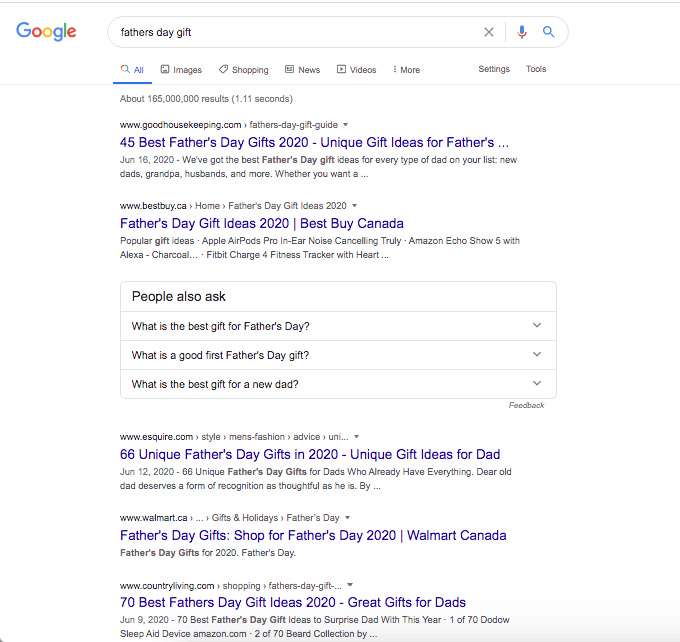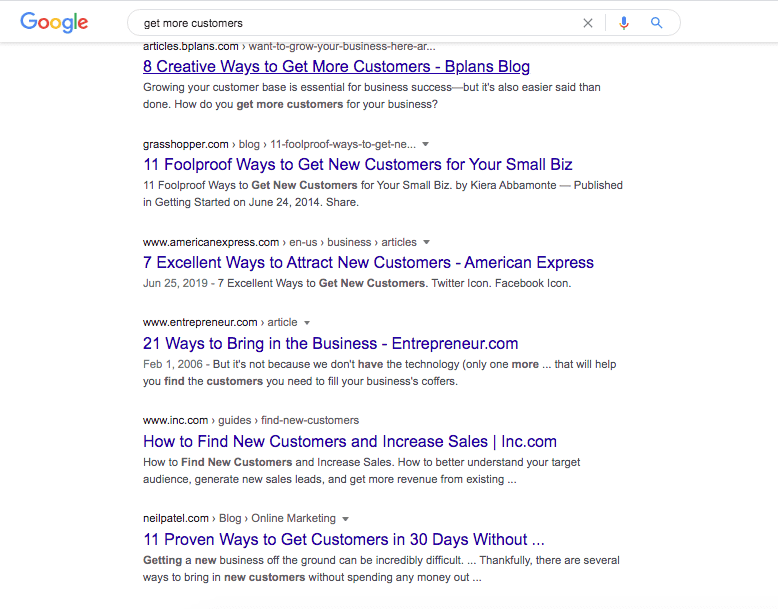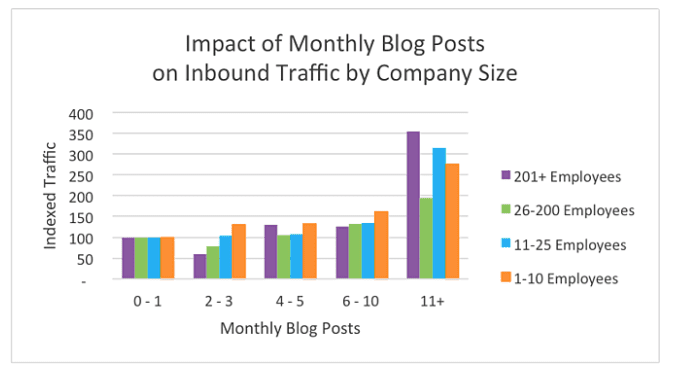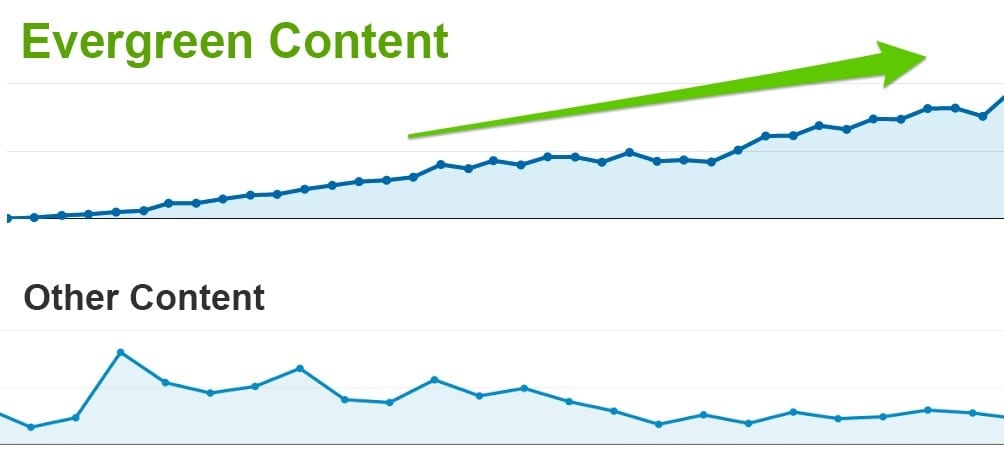SEO Strategies To Consider When Starting A Business From The Ground-Up
A key ingredient to the success of any business is the ability to generate new clients and increase revenue. One of your primary sources for new clients will undoubtedly be from driving targeted website traffic using a custom SEO strategy.
The behavioral patterns of your typical consumer have shifted in favor of reducing contact between people. This means more online research and sales of products and services. It’s difficult to ignore the glaring truth that a strong search presence is directly related to maximizing the revenue your company makes.
It’s essential to establish a basic SEO strategy that moves your website forward in order to make more money online. Failing to focus your attention on how you structure your SEO strategy can cost you thousands in lost opportunities and wasted time.
Here are a few fundamental SEO strategies to consider when building content and developing your company to be competitive in the search results.
Establish a keyword strategy at the earliest point in its development
Keyword research is the foundation of your content strategy. It lays a path for how you will attract visitors, and nurture leads into new clients. The basic premise behind a keyword strategy is that you target words that your prospective clients are typing at different stages of the buyer journey.
On the surface, this sounds simple since it’s likely that there are many different keywords that are beneficial to your site. The challenge is to accurately determine search intent in order to attract users who are looking for what your company offers. This is a strong reason to make sure the web design company you’re using has a strong background in SEO.
Keyword selection
One of the first exercises you will need to do is to list your most important keyword topics to your business on a list. Break them down into smaller subtopics that when combined together would accurately describe each keyword topic.
Finalize your broad search terms
Use basic SEO principles when finalizing keywords, which is finding the best search terms with the lowest competition and highest volume. You can layer your keyword selections to focus on broad terms for service/category pages.
Target long-tail keywords
Narrow the focus of your content by targeting long-tail keywords for mid-funnel content. You will need to provide comparative analysis, case studies, lists of benefits and explanations that help educate visitors about your niche and the solutions your company offers.
Expand your reach and spread awareness
Lastly, consider keywords that spread awareness of your offering to people that don’t know it exists. People will often search for solutions to problems they’re having and have the same knowledge or vocabulary to type industry or jargon keywords.
For example, many retailers optimize the search term Fathers Day gift because they can influence people to buy their products on Father’s Day.
 Local SEO strategy
Local SEO strategy
If your company operates locally or if you operate in service areas or you have multiple locations you need a local SEO strategy in place. Optimize for a location to capitalize on the conversion rates of local traffic. Typically visitors convert at a higher rate and there is less competition for commercial keywords.
A local SEO strategy will affect your choice in keywords as well as your content and link building strategies. Each of these strategies will require incorporating a local element in its implementation.
For example, your keywords will need geo-modifiers, your content will need to include local events and activities and your link building will need to target local websites and businesses as link prospects.
Creating a Google My Business listing goes without saying along with other major business directories. A local SEO company specializes in optimizing GMB profiles to maximize the appearances your website makes for keyword related searches.
For many businesses the entire SEO strategy is focused on a specific location(s), which changes how you optimize your site-especially during the developmental stages.
Content strategies
For the most part, your content strategy closely follows the keyword strategy you’ve established. Assign existing content to keywords you want to target and create new optimized content for new keywords.
Reverse engineer content types that rank
Keyword research will indicate what types of content are best to publish in order to rank for a specific target keyword. If the first page of results consists of list-styled articles, it’s a clue that these types of articles will be more likely to rank.
Look at the search result for the term get more customers:
 Five out of the six results shown are listicles. If you were targeting this keyword it would be wise to publish something that incorporates a numbered list of ways to get more customers.
Five out of the six results shown are listicles. If you were targeting this keyword it would be wise to publish something that incorporates a numbered list of ways to get more customers.
Many businesses don’t need massive articles like expository essays in their blog because they don’t serve the users’ intent. Identifying the intent for your audience is crucial to publishing content they will find engaging.
Schedule your success
Establishing a content schedule is highly advantageous to building authority and driving more leads. The Marketing Insider Group states that websites that publish 11 articles every month seem to be the magic number for generating the most leads.
 If you’re implementing a local content strategy, you’ll need a schedule for posting images and publishing posts to Google My Business.
If you’re implementing a local content strategy, you’ll need a schedule for posting images and publishing posts to Google My Business.
Publish linkable assets
Create content that is both shareable and linkable. In order for your site to build domain authority, you need backlinks. Publishing great content makes link building infinitely easier to do.
Creating a resource for your clients should be a top priority. This is a good way to not only educate visitors by answering questions but a good selling point when asking third party sites to link to your own.
Link building strategies
Determining how you will build links to your content is crucial to the development of your website. You will need to take into account the resources you have for developing your site’s authority.
Content marketing provides the highest ROI in the industry. If you’re not a link builder by trade, you can invest your time in producing outstanding content that will continue to build links over time. Prime examples of evergreen content include guides, interviews, infographics, original research and case studies.

Image source: Timeline Maker
Creating above average content assets gives you link building options. You can reach out to the larger authority sites in your niche to ask for links when you have truly original content.
Another option is to publish content on authority sites. Include links back to your content from the guest posts you publish.
Local link building strategies are more focused on linking from websites that have ties to a specific location. For example, targeting businesses in the same city and industry (or a similar vertical), are the most powerful links a local company can acquire.
Analyze and adapt to the strategies that work best
Every SEO strategy should be monitored and measured in order to understand what the true results of your efforts have been. Without understanding where you’ve started and where you end up, you can’t confidently scale up efforts in the areas that are working to produce results.
Establish your SEO strategy at the earliest stages of your businesses’ development. Even if you don’t manage to get it right the first time, having a plan allows you to adjust and adapt to the strategies that work best.









